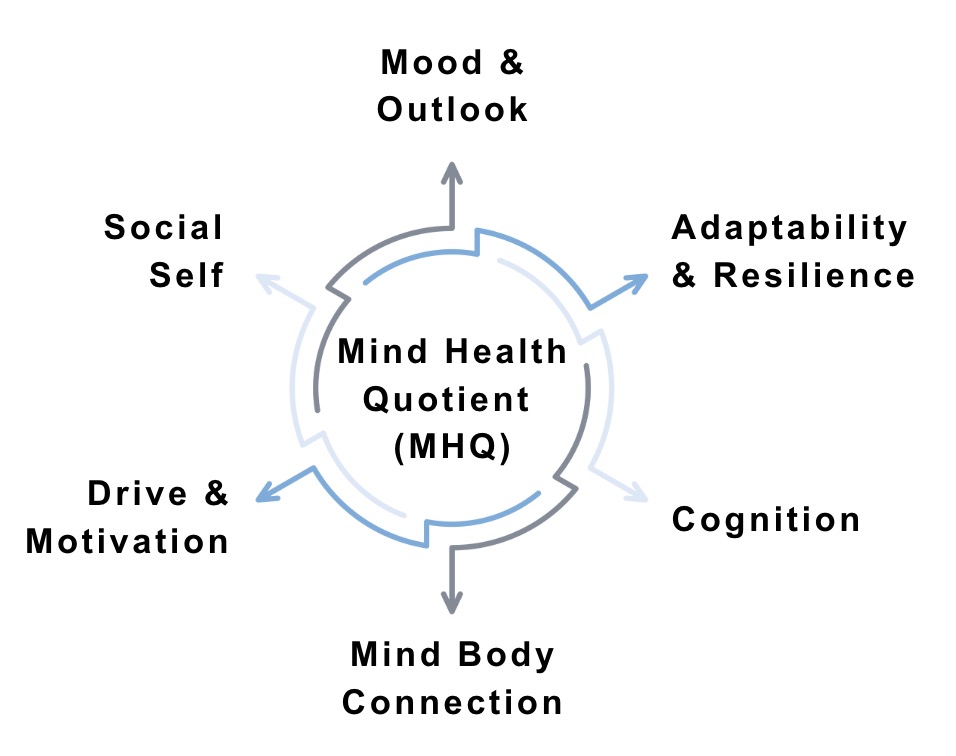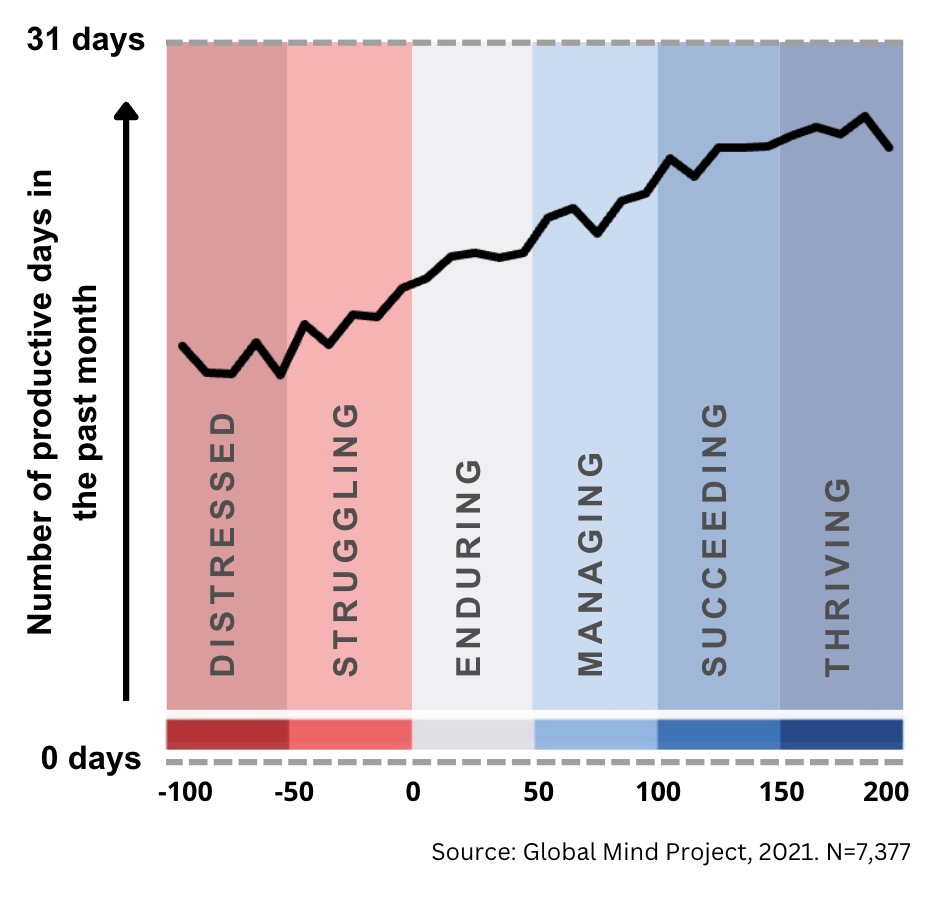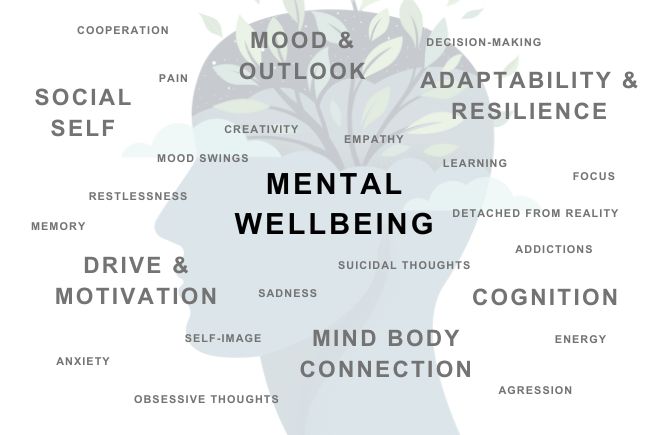At Sapien Labs, we track our evolving mental wellbeing and explore the factors that explain it. But what do we mean by mental wellbeing? And how do we measure it?
How we define it
The word mental wellbeing combines the word ‘mental’ – so to do with your mind – with the world ‘wellbeing’ – how well it is doing. However, when people think about their mental wellbeing, they often associate it, or conflate it, with their mood and happiness – how well they are feeling. But our mood or happiness is just one facet of our mental wellbeing. What’s more, when it comes to how well our mind is doing, it’s not just about how we are feeling, it also about how well we are functioning.
This more all-encompassing definition of mental wellbeing is captured nicely by the World Health Organization (WHO) who state ‘Mental health is a state of mental well-being that enables people to cope with the stresses of life, realize their abilities, learn well and work well, and contribute to their community.’ In other words, our mental wellbeing covers everything from being able to form good relationships with others; being emotionally resilient; being able to focus and make good decisions to having good energy levels. And so, at Sapien Labs, this is what we mean by mental wellbeing – not just our mood and outlook, but the full range of our mental feeling and functioning that allow us to navigate life’s challenges and function productively – our full capability of mind.
How we measure it
This is also reflected in how we measure mental wellbeing in the Global Mind Project. Rather than just asking people about how happy they feel, or how satisfied they are with life, we use a tool called the MHQ assessment which asks about 47 different elements of mental wellbeing, covering our social, emotional, cognitive and physical capabilities of mind. It was developed based on a thorough analysis of 126 existing assessments of mental health and wellbeing covering 10,000 questions, to include the symptoms of 10 different mental health disorders from depression to eating disorders to PTSD, as well as positive strengths and assets. These 47 elements are aggregated into a metric called the MHQ or Mind Health Quotient, while sub-scores capture 6 dimensions of mental wellbeing, including mood and outlook, social self (how we see ourselves and relate to others), our mind-body connection, drive and motivation, cognition, and adaptability & resilience.
The 6 dimensions of mental wellbeing measured by the MHQ.

Relationship to function and productivity
With the 47 elements assessed on a scale that reflects the impact of those capabilities to one’s life and ability to function, overall scores of mental wellbeing (MHQ scores) reflect functional productivity – the ability to get done the things you need to get done in a day. Overall, MHQ scores have a linear relationship to productive days such that the number of productive days increase or decrease equivalently as you move up or down the MHQ scale at any point.
Graph showing relationship between MHQ Score and number of productive days in the past month.

Thus, the MHQ also serves as a proxy for functional capacity of a population and can be used to demonstrate the functional capacity of various populations from schools to companies, and countries. Altogether, mental wellbeing as measured by the MHQ reflects the composite capability of mind that enables us to navigate life’s challenges and function productivity.

